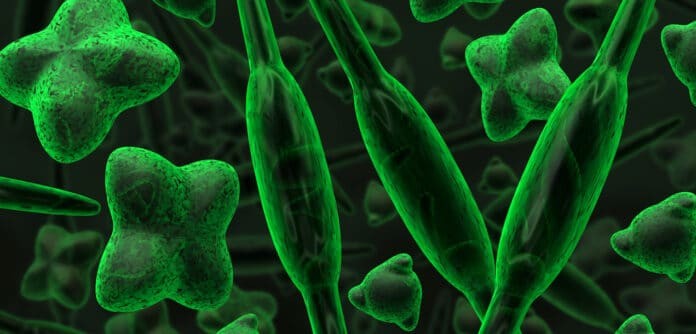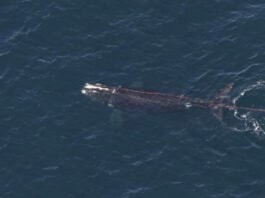Scientists at the University of Technology Sydney (UTS) have recently announced the discovery of a new single-celled marine microbe that may offer some hope in trapping carbon.
The organism releases a carbon-rich exopolymer after photosynthesis. This polymer will then attract other microbes and immobilize them. At this point, the organism eats some of the captured microbes before ejecting the exopolymer and microbe, which sink to the bottom of the ocean.
Commenting on the discovery of this new organism, which can be found in abundance in all the oceans around the world, lead researcher and marine biologist Dr. Michaela Larsson said:
“Most terrestrial plants use nutrients from the soil to grow, but some, like the Venus flytrap, gain additional nutrients by catching and consuming insects. Similarly, marine microbes that photosynthesise, known as phytoplankton, use nutrients dissolved in the surrounding seawater to grow. However, our study organism, Prorocentrum cf. balticum, is a mixotroph, so is also able to eat other microbes for a concentrated hit of nutrients, like taking a multivitamin. Having the capacity to acquire nutrients in different ways means this microbe can occupy parts of the ocean devoid of dissolved nutrients and therefore unsuitable for most phytoplankton.”
While the study’s senior author, Professor Martina Doblin, commented:
“This is an entirely new species, never before described in this amount of detail. The implication is that there’s potentially more Carbon sinking in the ocean than we currently think, and that there is perhaps greater potential for the ocean to capture more Carbon naturally through this process, in places that weren’t thought to be potential carbon sequestration locations. The natural production of extra-cellular carbon-rich polymers by ocean microbes under nutrient-deficient conditions, which we’ll see under global warming, suggest these microbes could help maintain the biological carbon pump in the future ocean…The next step before assessing the feasibility of large-scale cultivation is to gauge the proportion of the carbon-rich exopolymers resistant to bacteria breakdown and determine the sinking velocity of discarded mucospheres. This could be a game changer in the way we think about Carbon and the way it moves in the marine environment.”
You can find the study here.



